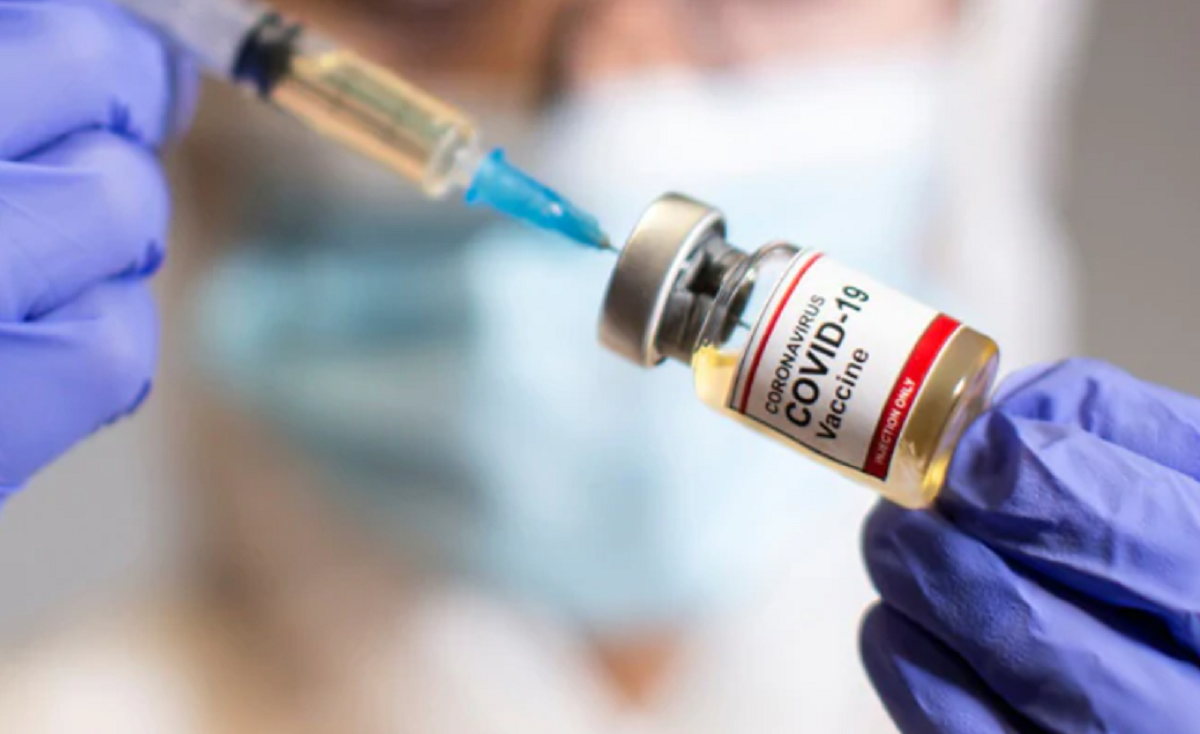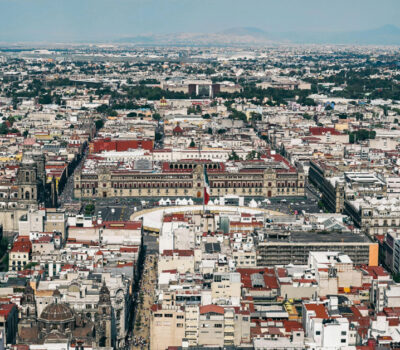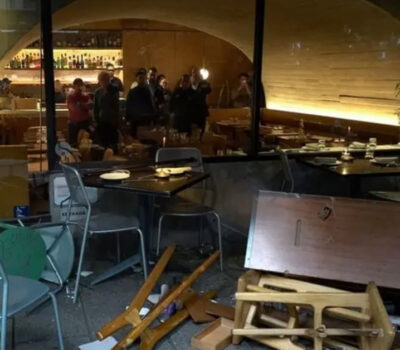The coronavirus pandemic during 2020 left more doubts than certainties. Worldwide, infections now exceed 103 million and deaths total 2.2 million since the beginning of the global crisis. But in recent weeks, a new concern began to pierce the incipient hope that came from the approved vaccines against COVID-19: the emergence of new variants of the virus.
How many are there? What differentiates them? Can new strains emerge? Are they more virulent and lethal? Are vaccines effective? Scientists have been surprised so far by the appearance of at least three variants of coronavirus, but no one dares to rule out that other new mutations will be known in the future.
THE BRITISH STRAIN
The first case of the British variant was reported on December 14 in the UK. It is the mutation called B.1.1.7 and, according to scientists, it has a higher risk of transmission, although at the same time the severity of illness appears to be less. Some studies suggest the variant may be more deadly in severe cases.
Are emergency approved COVID-19 vaccines effective against this variant of the virus? In principle, the main international laboratories that developed antidotes against the coronavirus guaranteed that their vaccines are capable of mastering this mutation.
Within a few weeks, the British variant spread throughout Europe and the United States. It already circulates in more than 50 countries according to the World Health Organization. In Argentina, the first case of the British strain was detected on January 16 in an Argentine citizen residing in Great Britain who came to visit the country.
THE SOUTH AFRICAN STRAIN
The South African variant of the virus was first reported on December 18. It has a greater transmission capacity, although without causing more serious illness. This strain, known as B.1.351, spreads 50% faster. Natural antibodies are less resistant to the virus.
The Moderna laboratory announced that its vaccine protects against this variant, as does the British one.
This strain has a mutation in the spike protein, a spike that can penetrate cells and infect humans. It is precisely this mutation that makes the virus escape more antibodies.
The virus reproduces much more in immunosuppressed patients. Initially, it represented 20% of the positive samples in South Africa, then 30%, and then 40%. It currently represents between 60% and 75% of cases and has spread to many countries around the world.
THE BRAZILIAN STRAIN
The Brazilian variant was discovered on January 12. This strain, called B.1.1.28.1, was released on January 12 in the Amazon region of Manaus, where there is an emergency situation due to the explosion of infections. Of the 12 mutations that this variant presents, one of them coincides with the British and Brazilian strains.
But it is still unknown if it has a greater transmission capacity and if the vaccines that have been applied against the coronavirus are effective against this new mutation.
The alarm about the appearance of this new strain was not known in Brazil, but in Japan, after four passengers arrived in Tokyo with symptoms of coronavirus after spending a week in the Amazon.
The scientists warn that this variant generated “a number of unusual genetic alterations”, several of them in the spike protein, which the new coronavirus uses to enter human cells. Twelve mutations have been identified only in that spike protein of the Brazilian variant, three of which are of particular concern: K417N, E484K, N501Y.
This variant has been detected in Brazil, Japan, the United States, the United Kingdom, Italy, Germany, South Korea, and Ireland. However, it is not known if this new variant produces more serious illness of the disease.
THE MEXICO STRAIN
But beyond these three strains, a new concern has arisen in recent days regarding the eventual emergence of a new variant: the Mexican. Scientists at the University of Guadalajara suspect that four coronavirus patients could be affected by a new mutation.
The so-called E484K variant of SARS-CoV-2 was detected in Jalisco on January 27. Of the four patients, only one of them had contact with a foreign person in Puerto Vallarta, where the infection began. The rest did not report any contact with people who have traveled abroad.
However, experts say they must carry out more studies to determine or rule out that the world is facing a new variant of the virus that causes greater concern and uncertainty just as immunization campaigns have begun.
The rector of the University Center for Health Sciences, José Francisco Muñoz Valle, said that work is being done “on sequencing protocols to be able to define if only the E484K mutation is found in the identified samples or if there are other mutations that can define a characteristic strain of the Mexican population ”.
The coronavirus pandemic during 2020 left more doubts than certainties. Worldwide, infections now exceed 103 million and deaths total 2.2 million since the . . .












